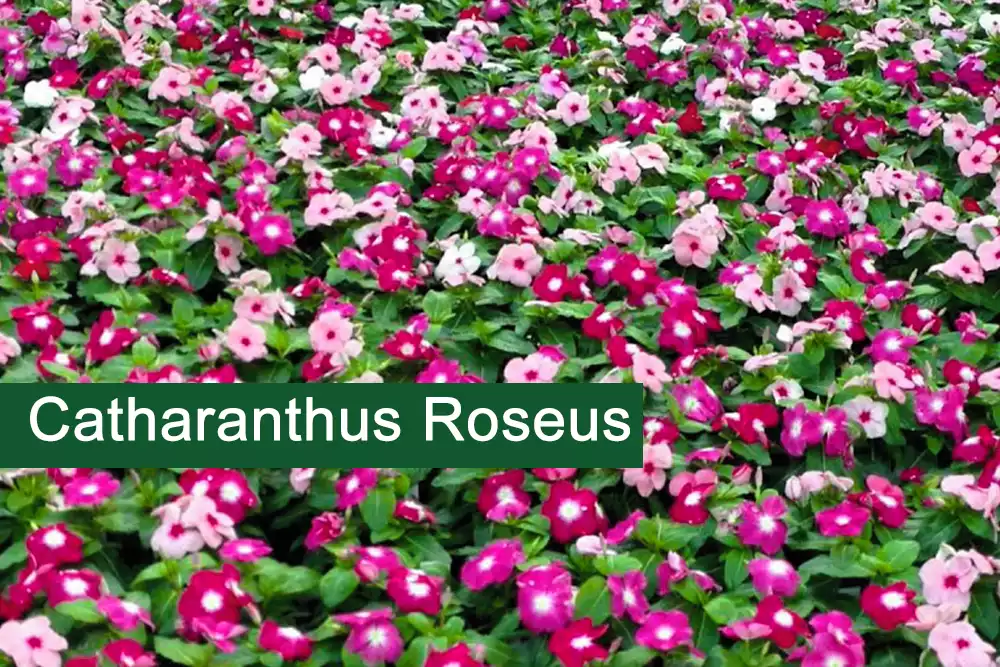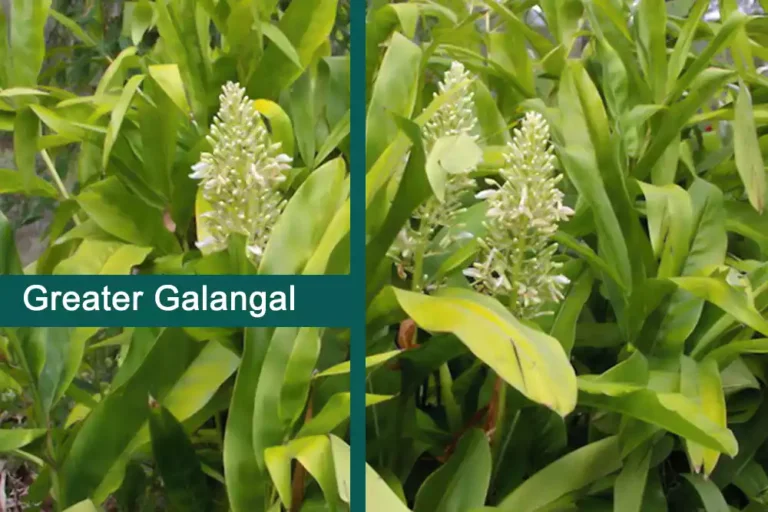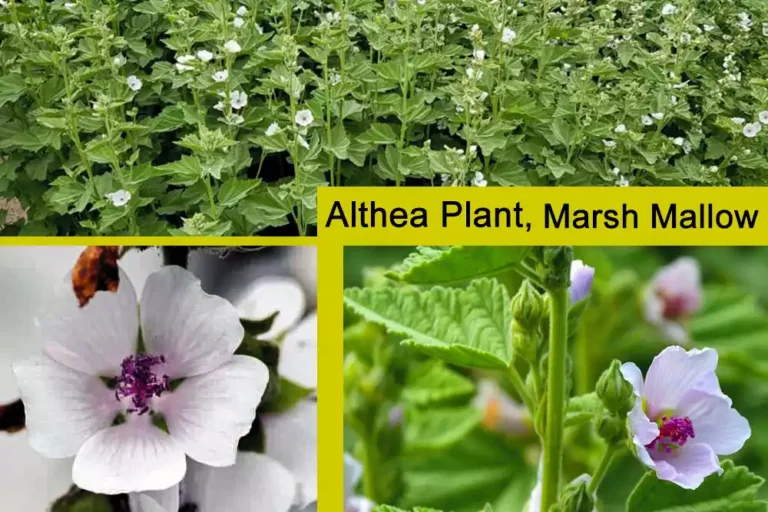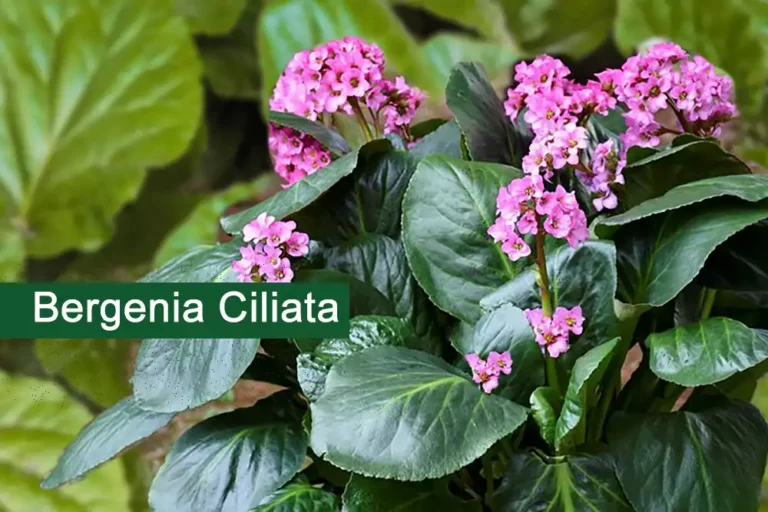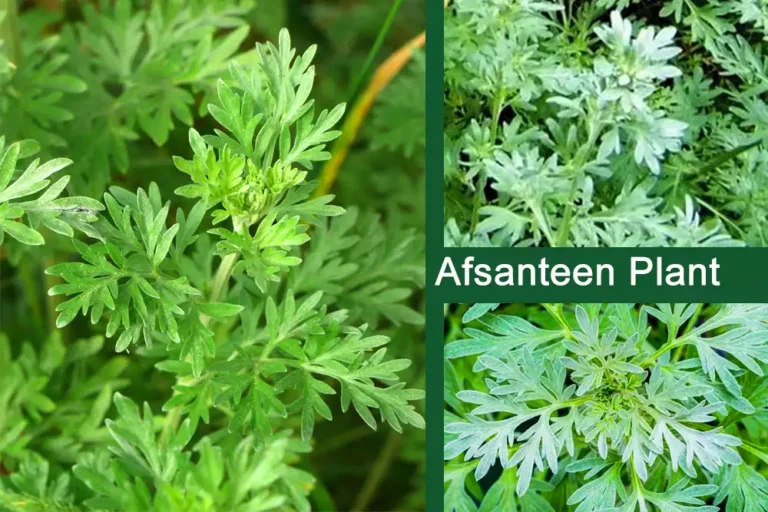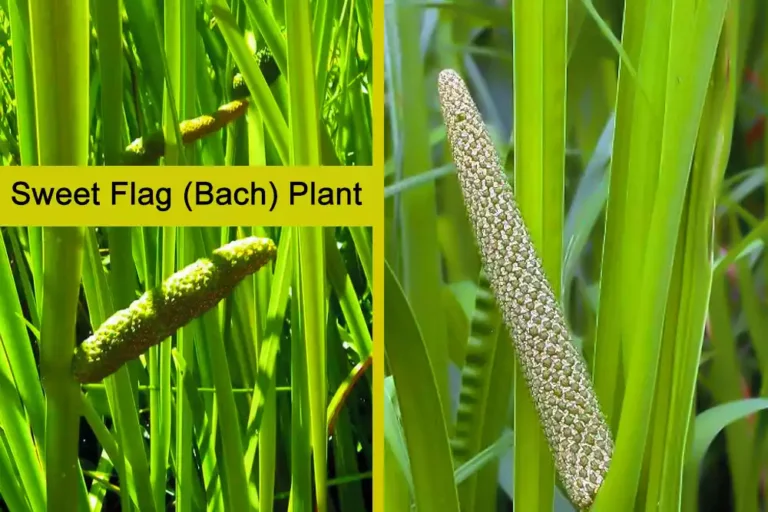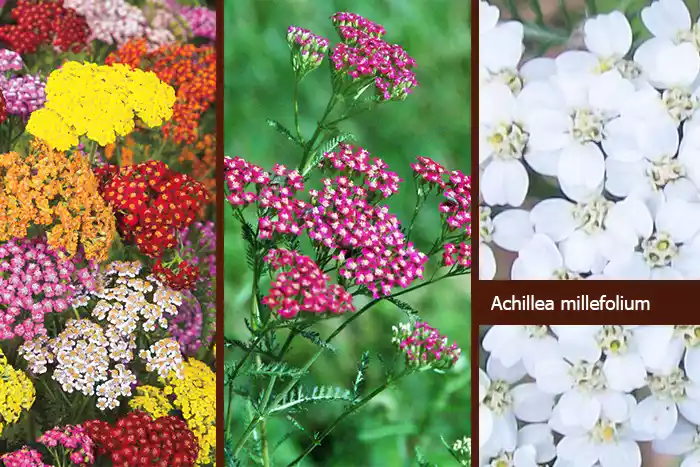Annual Vinca Plant (Catharanthus Roseus) Medicinal Uses, Benefits
Annual vinca Plant is also known as the Catharanthus roseus, Madagascar periwinkle, periwinkle plant, and in Urdu Sada phool. Find out its medicinal uses, benefits, how to identify and grow it, and its traditional and international uses.
Annual Vinca (Catharanthus Roseus) Overview
| Botanical Name | Catharanthus roseus |
| English Name | Madagascar periwinkle |
| Urdu Name | Sada phool |
| Common Name | periwinkle, Madagascar periwinkle, annual vinca, |
| Family | Apocynaceae |
| Habit | Perennial herb |
| Part Used | Whole plant |
| Medicinal Plants | Explore |
Annual Vinca (Catharanthus) Plant
A small herb or sub shrub, up to 75 cm high; leaves elliptic- ovate to oblong, glabrous to puberulous, base acute or cuneate, apex obtusely apiculate, lateral nerves 10-12 pairs, petiole 1.0-1.5 cm; flowers in axillary or terminal cymes; solitary or paired, shortly pedicellate, pink or white or white with pink or yellow ring in orifice region; mericarps, puberulous. Fruit a pair of follicle, clindric, striated.
Distribution of Annual Vinca
Annual vinca (Catharanthus roseus) plant is Native to West Indies; commonly grown in gardens throughout India, Bangladesh and Pakistan.
Medicinal Uses of Annual Vinca
Folk Use
Root-paste of Annual vinca is used in septic wounds. Root-decoction (with paste of long peppers) is useful in fever and in blood dysentery. Leaf-decoction is used to treat gripping pain in babies.
Tib (Traditional Islamic Medicine) Uses
Annual vinca (Catharanthus roseus) plant is used in cancer, diabetes. Leaf extract is used in menorrhagia. Latex is used in scabies. Seed-powder (with decoction of black pepper) is useful in epilepsy. Root decoction is used in cancerous wounds.
International Use
The leaves are useful in treating diabetes mellitus and menstrual disorders. The roots and the leaves in the form of a decoction or extract are active on hypertension. The purified alkaloids extracted from the leaves are effective in treating leukemia, and those from the roots are used to induce cerebrovascular dilatation and for hypertension. Plant extract is used as antimitotic. Root is used as emetic, hypotensive, sedative and antiviral. The root and bark contains the alkaloid Alstonine which has been used traditionally for its calming effect and its ability to reduce blood pressure.
Culinary Use
It can be dangerous if consumed orally.
Constituents of Annual Vinca
The Annual vinca (Catharanthus roseus) plant contains vincaline I & II, vinblastine or vinleukoblastine (VLB), vincristine or vinleurocristine (VCR), ursolic acid, oleanolic acid, ajmalicine, alstonine; vinca rodine, vincoline, vinamidine, leurocolombine, vincathicine, vincubine; leurosine, vindoline, catharanthine, lochnerine, tetrahydroalstonine, roseoside, essential oil; vincedine, vincedicine, tabersonine.
Climate and Growth Conditions
- Climate: Temperate regions.
- Temperature: Max: 36°C, Min: 5°C
- Rainfall: 1000-1500 mm/year
- Soil: The plant prefers a moist, loamy, sandy and well-drained soil of average fertility.
- pH Range: 5.6-8.2
- Reproduction: By seeds and rooted stem cuttings.
FAQs
What is the common name of Catharanthus roseus in Pakistan?
Common name of Catharanthus roseus in Pakistan “Sadabahar”.
What is the common name of Catharanthus in India?
Common name of Catharanthus roseus in India “Sadabahar” or “Nayantara”.
What is the common name of periwinkle?
Common names of Periwinkle are Madagascar Periwinkle, Old Maid, Cayenne Jasmine, Rose Periwinkle, and West Indian Periwinkle.
What is another name for a Madagascar periwinkle?
Catharanthus roseus, commonly known as Cape periwinkle, bright eyes, Madagascar periwinkle, graveyard plant, pink periwinkle.
Disclaimer:
All images used in this post are from Google Images and Credit goes to their respective owners.

